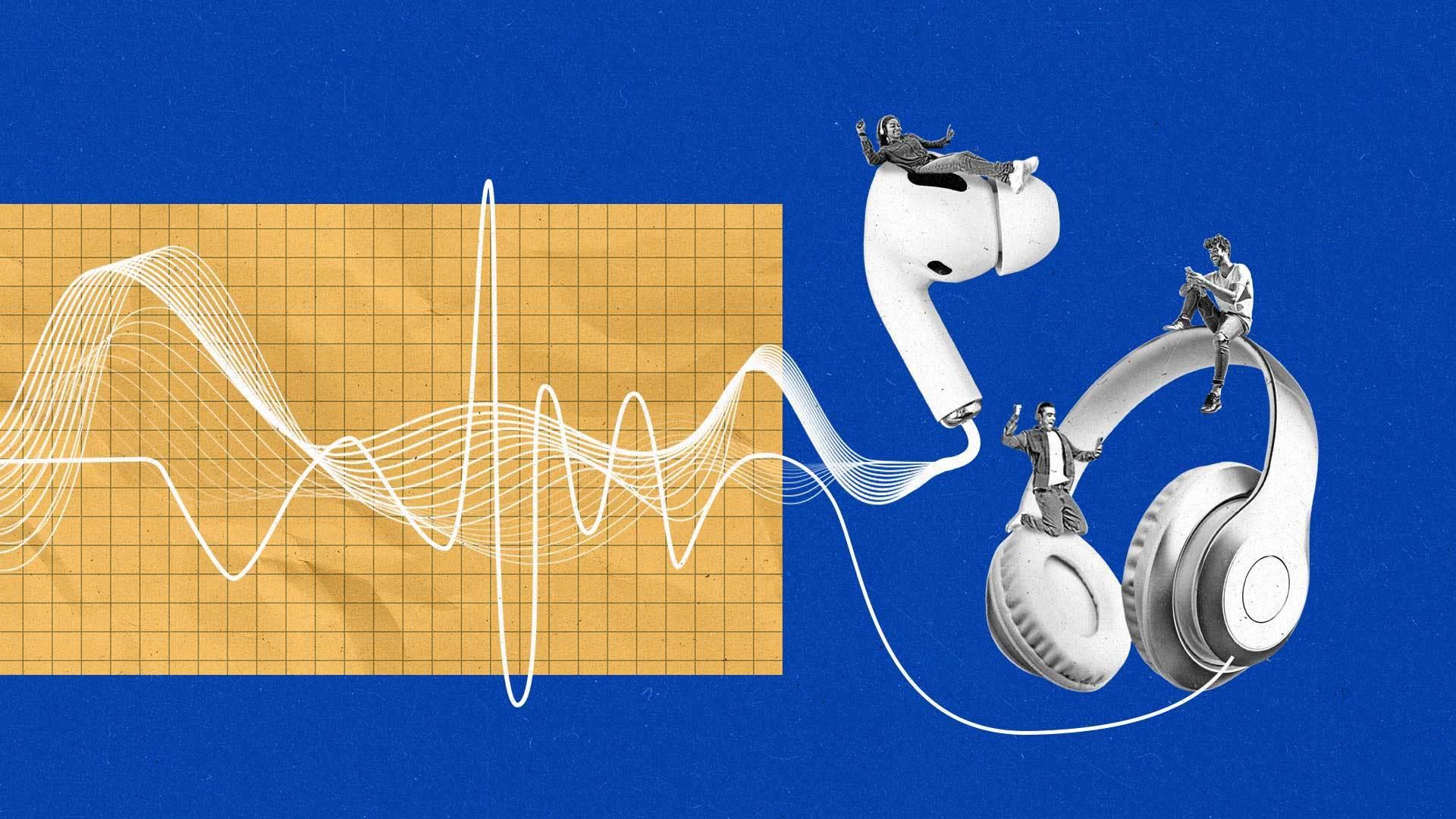Australian audio industry expects boost from increased advertiser interest

More Australians than ever before are plugging in their headphones and listening to everything from their favorite playlists to livestreamed radio to true-crime podcasts.
All of this sounds like opportunity for advertisers looking to reach these listeners, according to new findings in the 2023 IAB Australia Audio Advertising State of the Nation report, released this week, which indicates that audio advertising is booming in Australia.
The report notes that 71 percent of media agencies in the country intend to increase their investment in streaming audio (defined as streaming music and radio) in 2023, and 78 percent intend to increase their investment in podcast advertising. These findings come just two days after the release of the IAB Online Advertising Expenditure Report, which found that digital audio revenue in Australia reached $221.2 million for CY22, with streaming accounting for 63 percent of the expenditure and podcasting for 37 percent.
The growth of audio advertising in Australia is indicative of a larger trend in the advertising industry, as more companies are adding audio to their broader digital plans to reach and engage target audiences. Having accurate data on local audio market investment will provide an important baseline that can allow marketers to review and compare how their brand’s share of voice stacks up to that of their competitors in the market.
“One of the most pleasing results in the study is the marked increase in planning and buying audio in combination with other digital activity,” said CEO of IAB Australia Gai Le Roy during the IAB Audio Summit.
Le Roy was highlighting the finding that 80 percent of agencies now buy digital audio in combination with digital video advertising, while 69 percent of agencies intend to buy digital audio bundled with other media opportunities (up from 51 percent last year).
Programmatic audio on the rise in omnichannel plans
Agencies continue to buy audio advertising programmatically, with 82 percent of agencies intending to purchase programmatic audio in the next year. This is a significant increase from 64 percent in the year prior. Intention to buy bundled with other media has also increased significantly this year, to 60 percent (from 51 percent).
“One of the reasons for programmatic buying growth is just because it’s a byproduct of digital growing more, and [becoming] increasingly available so it correlates,” explains Zac Selby, national programmatic solutions lead at Dentsu International. “The ability to place a pixel on the site, report an attribution, measure ROI, and justify the investment of a channel is likely the key reason that it is increasing.”
Audio can be used to create an immersive experience for consumers, allowing them to engage with a brand in a more meaningful way. It can also drive brand awareness and recall, as well as create a more personalized experience for consumers. By leveraging audio in an omnichannel plan, brands can create a more cohesive and effective marketing strategy that will help them reach their target audience and drive better results, as Julian Ho, head of YouTube content and music monetization in APAC, tells The Current.
“Audio works well as a stand-alone format, but even better as a supplemental or complementary format,” he says.
“There’s been tremendous growth in the quality and the volume of content available to users,” he adds. “Podcasts have been growing tremendously, but also music streaming. If you look around, you see just how many people have got earphones in or headphones on, and so there’s always an opportunity to reach these users. I think advertisers and agencies understand that, and that’s where the value is starting to shift.”
Marketers say some elements of audio still need a tuneup
Audio presents strong benefits for brands, but experts believe there are still significant challenges to its wider adoption.
Respondents to the IAB survey identified three key areas holding back audio advertising from gaining a larger share of ad volume in Australia. Brands and advertisers noted their difficulties developing compelling creative and an understanding how to effectively use the channel across all formats, as well as challenges around measurement and standardized metrics as opportunities for improvement.
Ho advises that relevancy really matters for audio advertising as advertisers thinkabout activating the channel.
“When users are listening to audio content, they tend to be paying more attention even if they are doing other things,” he says.
Whether it’s during a commute, while exercising, cooking dinner, or hanging with friends — music and podcasts have become deeply integrated in consumers’ day-to-day lives. This context gives marketers the ability to understand their audience’s mindset much better than other formats.
“In this way, I think context — really understanding how their audience is thinking, what state of mind they’re in — can benefit and improve the message,” says Ho.
Ho adds that in terms of publishers, measurement and data are incredibly important, and one of the obstacles to a lot of advertisers buying audio is the ability to standardize the measurement, data, and ROI across all their buys.
“The first thing I think would be to standardize [measurement], to make it easier to understand the ROI and effectiveness of audio ads,” says Ho. “The second piece is around packaging. Publishers understand their content better than anyone, and by extension, their audience, and the ability to segment and package content based on relevancy on a category will help advertisers reach their intended audiences.”